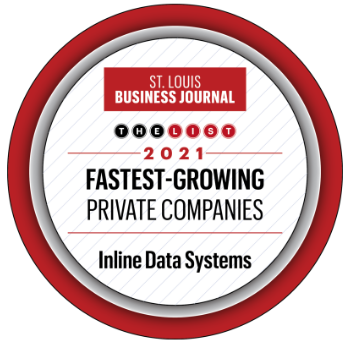Here’s a common mistake we don’t want you to make: Focusing so much on beefing up your number of leads that your CRM pipeline management strategy falls out of focus.
Yes, leads are important. But if you want to increase your odds of converting them, you need a plan to move them along—and using a CRM is a critical part of that process.
Read and learn why.
A Formula for Success
Believe it or not, 68% of companies haven’t tried measuring their sales funnel!
So, let’s start by asking a question: How many leads does your VSC or extended home warranty company need in the pipeline to be profitable?
If you don’t know the answer, you should.
Fortunately, there’s a formula to help based on:
- Monthly Revenue Target
- Average Sales Price
- Number of Opportunities Needed
- Number of Qualified Leads Needed
- Average Days to Close
We don’t want to bore you with the math here, but this article spells it all out. And once you work out the numbers, you’ll have concrete, realistic goals to work from.
With that important consideration…
You Need to Map Out EACH Customer Journey
Your prospects want to avoid expensive and unexpected home or car repairs. But their path to purchasing an extended warranty is going to be different…
Every. Time.
Some are going to need more touchpoints than others.

Some will interact with your brand for the first time differently:

And some will have different pain points:

You’ll need to account for all of these variables with the sales scripts you build, follow-up messaging and more, based on where or how they learned about you. And using proper CRM pipeline management can help nurture your leads how you want.
You Need to Create Sales Pipeline Stages
Can you imagine how chaotic the selling process would be if every prospect was just tagged as a lead? You know that’s not how things work.
Some “leads” aren’t leads at all. Some are piping hot now or could be in a few months. That’s why we strongly suggest using a CRM system to add some structure to the stages in your sales pipeline.
It doesn’t matter how many stages your company has identified as part of your selling process. It could be three or 13. But you need to know that number.
Some common sales pipeline stages include:
- Qualifying
- If they’re not qualified now, move them to a drip or nurture campaign
- Left Message
- Include a stage for follow up
- Interested
- Include a stage for sending a specific type of material, like a testimonial, to warm them up more
- Follow Up Scheduled
Those are just examples, but we’ll explain in more detail why creating stages is important later.
You Need to Visualize Bottlenecks
Did you know that sales reps and baseball players have something in common? Both just need a 30% success rate to be considered elite.

But every so often, someone—or something— is going to throw you a curveball. Leads will languish. You just can’t seem to sell certain types of policies. Before you know it, your pipeline is clogged.
The good news is this: When you can visualize what’s causing the clog you know where to focus. That means you can up your close rate, decrease time to close and so much more.

Running visual, custom web reports like this in Inline CRM saves tons of time compared to Excel. It’s also waaaay easier to understand so you’re able to act sooner.
Speaking of visualization, our dashboard highlights must-do daily tasks for each of your reps, in order of importance, based on the criteria you assign. And with our Follow Up Management tools, you’ll know which leads you should be prioritizing.
You Need to Unclog Those Bottlenecks
Now that you know when sales pipeline clogs are happening, you need to figure out how to unclog them. And it could start with your messaging.
It’s an old trope that sales and marketing don’t always get along. They aren’t afraid to play the blame game on each other for any shortcomings.
But it’s important that they team up, especially when you can point to data.
Let us explain.
Say you notice you aren’t getting enough qualified leads early in the process (and yes, with Inline CRM’s campaign tracking, you’ll be able to tell). You might want marketing to give more “real world” examples or benefits to the ads they create.
Or let’s say people are qualified, but they balk at the price. Marketing might want to emphasize explaining the value of your extended warranty policies.
Simply put, changing your messaging per stage might make all the difference in the world—but you won’t know when to tinker unless you break your sales pipeline into stages.
And you won’t know which stages need unclogging unless you’re using real time data.
You Need to Automate What You Can
Even the most crystal-clear analysis and data isn’t enough. You must act based on your findings. And while your sales reps can do a lot, they don’t have time to do everything.
Automating certain sales tasks is another reason to consider using a CRM to manage your sales pipeline. And Inline CRM has built-in integrations to help:
- Sending nurturing emails to warm prospects up
- Running reports on specific days at set times
- Moving leads down the sales funnel
- One-click “buy now” functionality
Because when your reps can focus on selling instead of administrating, everybody wins.
You Need to Do One Thing Every Day
True sales pipeline management is continual. Constant. Every lead needs a next step—even if it means admitting defeat and deleting it from your database.
Why?
Every instance of indecision leads to more and more leads to manage.
CRMs provide crucial “from anywhere” capabilities in an age where rolodexes are obsolete and hand-scribbled notes can accidentally wind up in the trash.
Maybe the one thing you do today about your pipeline management is learning more about Inline CRM.
Schedule a walkthrough today.





